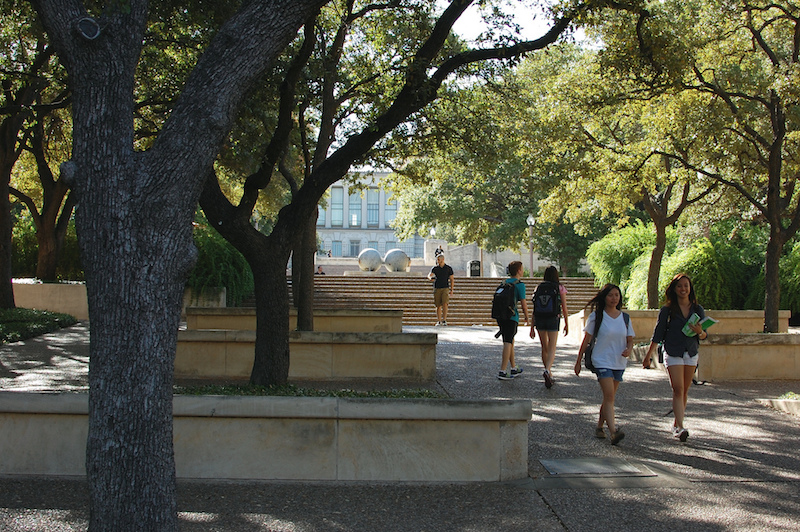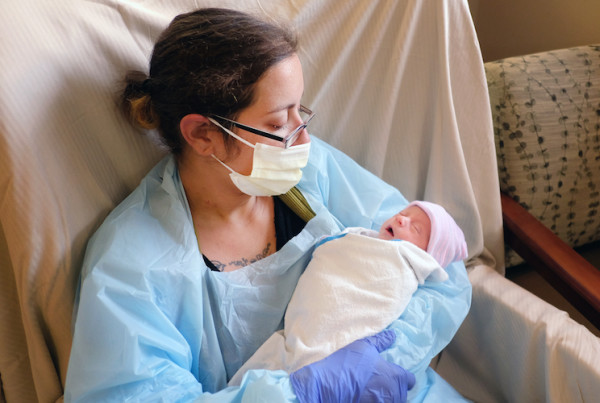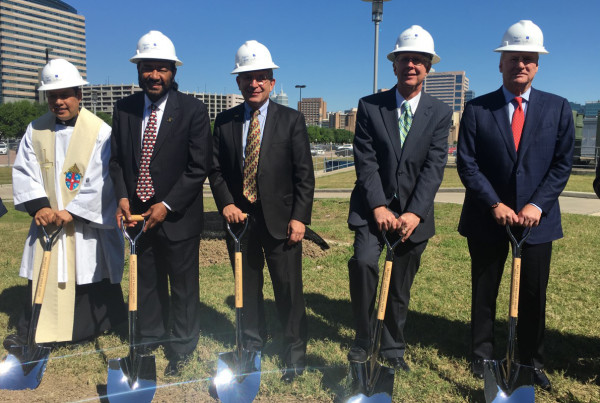Over the weekend police arrested Meechaiel Criner, a 17-year-old police believe to be the prime suspect in the death of Haruka Weiser, a freshman dance student whose body was found in a creek bed on the campus of the University of Texas.
Little is known about Criner, the teenager now charged with first degree murder. Criner, who grew up in Texarkana, had been in the Texas foster care system and was a homeless runaway. The university faces questions of security on campus but some homeless people in and around UT’s campus may fear backlash.
Susan McDowell, executive director of an Austin non-profit that works with runaway and homeless youth called LifeWorks, says Weiser’s death has shaken the Austin community and she says she understands why people want to find a simple solution to feel safe again.
“This was a tragedy is every way imaginable,” she says. “…Unfortunately, there’s really nothing simple about homelessness, and youth homelessness in particular.”
McDowell says young people become homeless for a lot of reasons, but abuse and trauma are the largest factors. A 2013 report, done in collaboration with the University of Nebraska, found 30 percent of Austin-area homeless youth cited physical and/or sexual abuse as the main reason for leaving home. Another 18 percent cited substance abuse as a factor.
“These numbers tell us that they don’t feel safe at home or with their caregivers,” she says.
Campus police have an obligation to keep their students secure. “We absolutely need to do what we need to do to feel safe and to be safe. And law enforcement needs to do its job,” she says. “At the same time, it’s important right now that we look at the facts and just not the perceptions around crime and homelessness.”
McDowell says most crimes committed by homeless people have to do with public intoxication or violating city ordinances like trespassing. Homeless youth are, in fact, more likely to be victims of violent crime than those who commit violent crime.
“When you are running away from trauma, life on the street might give you a false sense of security,” she says. “It is a very false sense of security.
Addressing the problem of homelessness and campus safety hand-in-hand will best ensure that the community is safe for everyone, McDowell says.
“You cannot have one without the other,” McDowell says. “There have to be pathways off the street, so we don’t have the homeless issue that we have right now.”















